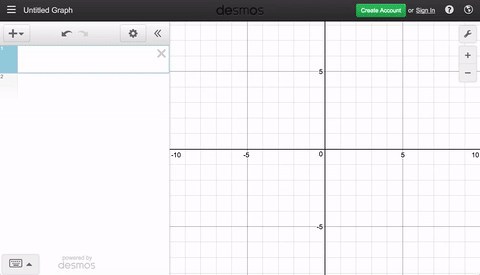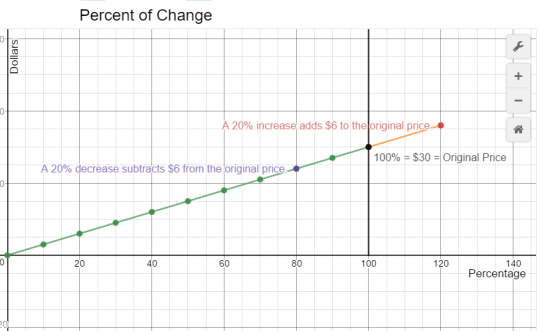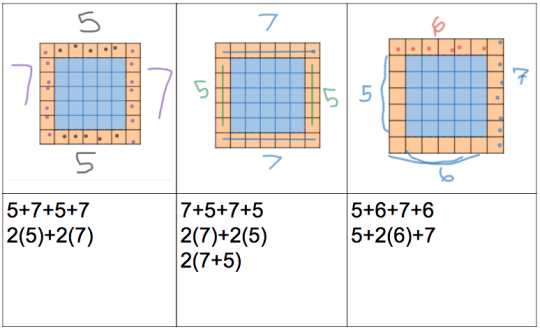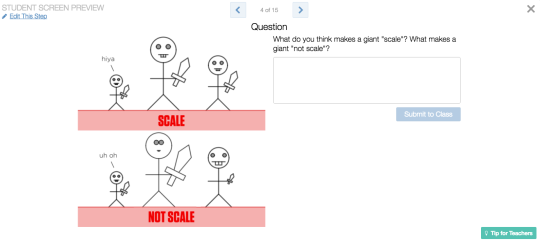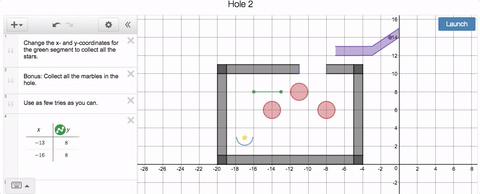Spring Makeover for the Desmos Graphing Calculator
We’ve heard you loud and clear. The Desmos colors are good but not great. They
just don’t pop.
Over the last few months, our textures team has been sampling textiles from Brooklyn boutiques, haberdasheries, and lumberjacks around the world.
We’re proud to introduce the fruits of their labor: our new plaid color palette. To take your graphing style to the next level, head over to www.desmos.com/calculator?plaidMode, and type in your favorite inequality:
